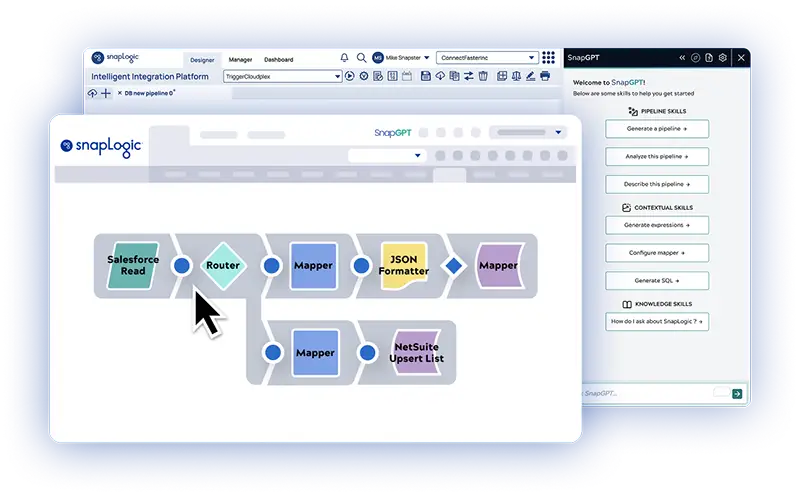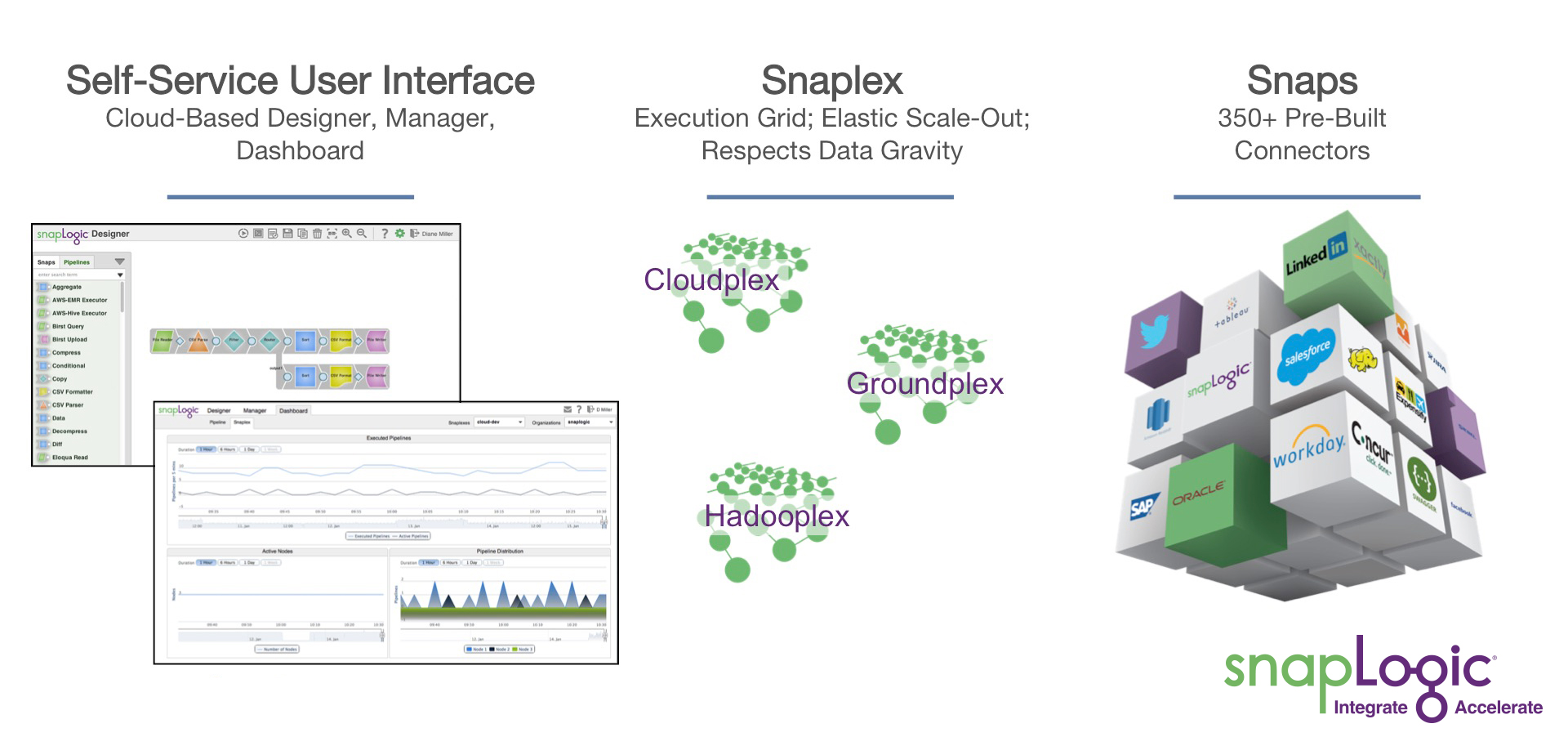In this series of posts, I’ve been sharing excerpts from a recent discussion between SnapLogic founder and CEO Gaurav Dhillon and John Gallant, chief content officer of IDG US Media. In the first post, Gaurav discussed the looming integration issues that people should focus on. In the second post, Gaurav reviewed the specific challenges SnapLogic addresses. In this post, Gaurav describes the core components and principles of the SnapLogic Elastic Integration Platform.
What is the name of the product and how is it delivered? How do you build and support this?
It’s a true cloud product. There is a lot of fake cloud. You download this and download that and oh, here’s some cloud orchestration. To me, that is not a cloud product. If you can Google a product name and version and you find 16 versions on GitHub, that’s not really a cloud product. That is cloud washing.
We’ve taken an approach of having a true platform as a service. We built the company on that. We took a lot of capital, a lot of time to do it. We have a very simple, easy-to-use, user experience because in this day and age somebody using a smartphone is intolerant of legacy UX.

The way this works is we layer out the simple UX with grids of SnapLogic processors. We call them nodes and we run them in a network configuration. We’re using the Latin word “plex” as our descriptor for it. “Plex” is Latin for “network.” You have Snaplexes, which do the runtime processing of our data integration pipelines. You might have them in the cloud, called a Cloudplex. You might have a Groundplex, you may have a Hadooplex, you may want to run it on Spark. Here I am in my conference room looking at one of our graduate student’s project this summer where he and his colleague put together a Snaplex running on a Raspberry Pi, so we have a Raspberryplex. Then you have to now wire it all together.
You need Snaps, which are prebuilt intelligent connectors. We pioneered the concept of containerization of data in the modern enterprise through Snaps. It’s not something we invented. We’ve just taken that idea to an application level and come up with the concept of Snaps, which are standard-sized containers for connecting everything from Twitter to Workday to SAP to Salesforce to you name it. We have over 400 Snaps.
That’s in a sense our layer cake. There’s a simple UX, Snaplexes that can run on the ground, in the cloud, on Hadoop, Spark, or whatever you have, and there are 400-plus Snaps that are on a canvas. You can drag them in and Snap in something that otherwise would be a lot of complexity. It might take thousands of lines of Java code to do what we can do on a drag-and-drop interface.
 The product is called the SnapLogic Elastic Integration Platform. It is available through a direct sales model and it’s available globally. We expanded internationally in a very nice way. We just brought on our first Australian customers. We’re having a good summer here and have lots of folks all over the world using it, some very big companies in Europe.
The product is called the SnapLogic Elastic Integration Platform. It is available through a direct sales model and it’s available globally. We expanded internationally in a very nice way. We just brought on our first Australian customers. We’re having a good summer here and have lots of folks all over the world using it, some very big companies in Europe.
You can read the entire interview here.








